2024 June 28
Jeremy Tatum writes: A couple of days ago I posted the image below, taken by Ian Cooper, as an “unknown beetle larva”. I subsequently sent the image to beetle expert Charlene Woods wondering if perhaps she might be able to identify it. Embarrassment – it wasn’t a beetle at all, but something quite different! This, however, was no obstacle to Charlene, who identified it as the larva of a Brown Lacewing (Hemerobiidae), and probably genus Hemerobius. I hastily asked Ian if he would go out and photograph an adult brown lacewing for us, so we could see what the larva was a larva of. Because brown lacewing larvae feed on aphids, you can apparently buy the larvae by the bucket-load if you know where, although Ian’s were genuinely wild ones! Here are Ian’s two photographs:
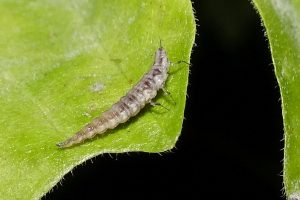
Larva of a Brown Lacewing, probably Hemerobius sp. (Neu.: Hemerobiidae) Ian Cooper
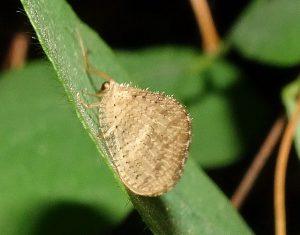 Adult Brown Lacewing (Neu.: Hemerobiidae) Ian Cooper
Adult Brown Lacewing (Neu.: Hemerobiidae) Ian Cooper
Here’s a photograph of a running crab spider photographed by Ian Cooper along the Galloping Goose trail in View Royal on June 24.
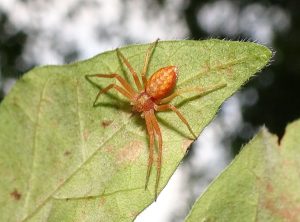 Philodromus rufus (Ara.: Philodromidae) Ian Cooper
Philodromus rufus (Ara.: Philodromidae) Ian Cooper
Anne Ashley sent this photograph of a Golden Jewel Beetle photographed by her neighbour Colleen Irwin in the Fairfield Gonzales area of Victoria.
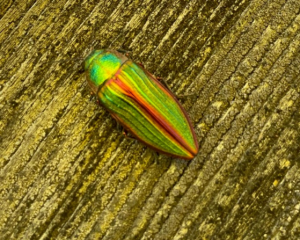 Golden Jewel Beetle Buprestis aurulenta (Col.: Buprestidae) Colleen Irwin
Golden Jewel Beetle Buprestis aurulenta (Col.: Buprestidae) Colleen Irwin
Here are the results of a predawn and early morning shoot by Ian Cooper this morning, June 28. All were taken at either *Colquitz River Park in Saanich or the #Galloping Goose Trail in View Royal.
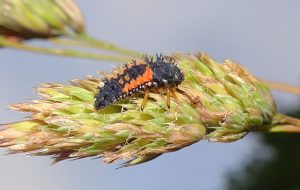 #Larva of Asian Ladybeetle Harmonia axyridis (Col.: Coccinellidae) Ian Cooper
#Larva of Asian Ladybeetle Harmonia axyridis (Col.: Coccinellidae) Ian Cooper
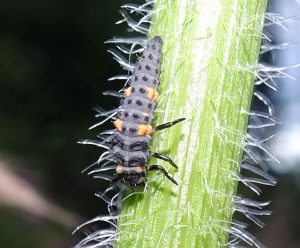 #Larva of Seven-spotted Ladybird Coccinella septempunctata (Col.: Coccinellidae)
#Larva of Seven-spotted Ladybird Coccinella septempunctata (Col.: Coccinellidae)
Ian Cooper
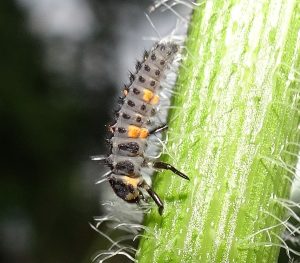 #Larva of Seven-spotted Ladybird Coccinella septempunctata (Col.: Coccinellidae)
#Larva of Seven-spotted Ladybird Coccinella septempunctata (Col.: Coccinellidae)
Ian Cooper
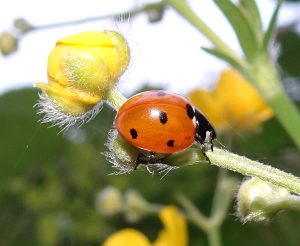 Seven-spotted Ladybird Coccinella septempunctata (Col.: Coccinellidae)
Seven-spotted Ladybird Coccinella septempunctata (Col.: Coccinellidae)
Ian Cooper
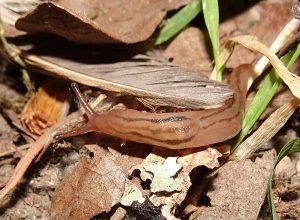 *Ambigolimax valentianus (Pul.: Limacidae) Ian Cooper
*Ambigolimax valentianus (Pul.: Limacidae) Ian Cooper
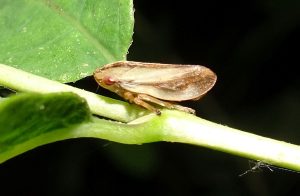 *Spittle Bug – Philaenus spumarius (Hem.: Cercopidae) Ian Cooper
*Spittle Bug – Philaenus spumarius (Hem.: Cercopidae) Ian Cooper
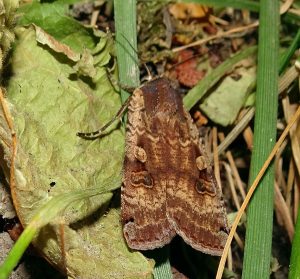 #Large Yellow Underwing Noctua pronuba (Lep.: Noctuidae) Ian Cooper
#Large Yellow Underwing Noctua pronuba (Lep.: Noctuidae) Ian Cooper
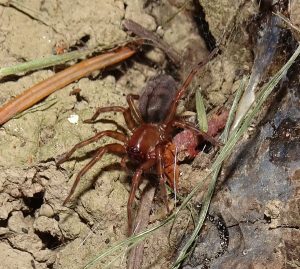 # Callobius pictus (Ara.: Amaurobiidae) Ian Cooper
# Callobius pictus (Ara.: Amaurobiidae) Ian Cooper
Jeremy Tatum writes: I went to Mount Tolmie today at 5:30 pm, and the one and only butterfly I saw there was a single Red Admiral just outside the entrance to the reservoir. That reminds me that, earlier this week, while I was doing a cryptic crossword, I discovered that Red Admiral and the Spanish football team Real Madrid are anagrams of each other.
Kirsten Mills writes: Today, June 28, Jeff Gaskin and I travelled to Nanaimo. Along Nanaimo River Road, particularly at Elk Trails Way, we saw two Clodius Parnassians. A little further down the road or towards the highway was a Dun Skipper.
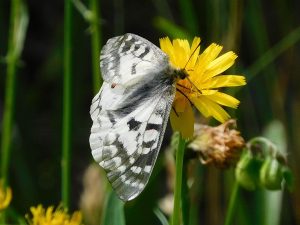 Clodius Parnassian Parnassius clodius (Lep.: Papilionidae) Kirsten Mills
Clodius Parnassian Parnassius clodius (Lep.: Papilionidae) Kirsten Mills
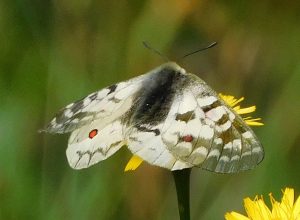 Clodius Parnassian Parnassius clodius (Lep.: Papilionidae) Kirsten Mills
Clodius Parnassian Parnassius clodius (Lep.: Papilionidae) Kirsten Mills
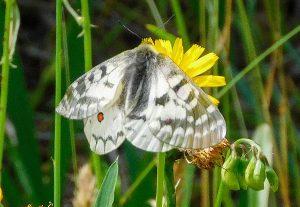 Clodius Parnassian Parnassius clodius (Lep.: Papilionidae) Kirsten Mills
Clodius Parnassian Parnassius clodius (Lep.: Papilionidae) Kirsten Mills
Butterfliers who see any parnassian butterflies are reminded to examine them closely in case any of them might be P. smintheus. These photographs above are clearly P. clodius, but if you see any red spot on the forewing, or if the antennae are chequered, you may have smintheus.
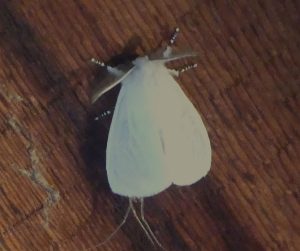 Male Leucoma salicis (Lep.: Erebidae – Lymantriinae) Jochen Möhr
Male Leucoma salicis (Lep.: Erebidae – Lymantriinae) Jochen Möhr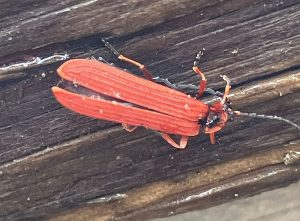 Dictyoptera simplicipes (Col.: Lycidae) Scott Gilmore
Dictyoptera simplicipes (Col.: Lycidae) Scott Gilmore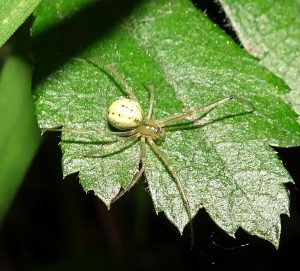 Enoplognatha ovata (Ara.: Theridiidae) Ian Cooper
Enoplognatha ovata (Ara.: Theridiidae) Ian Cooper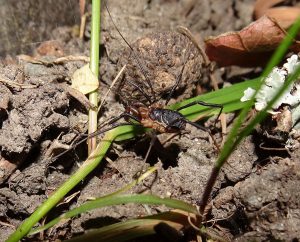 Protolophus niger (Opiliones: Protolophidae) Ian Cooper
Protolophus niger (Opiliones: Protolophidae) Ian Cooper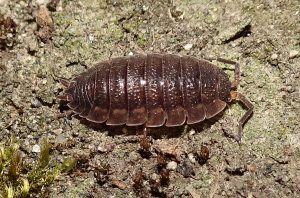 Common Rough Woodlouse – Porcellio scaber (Isopoda: Porcellionidae) Ian Cooper
Common Rough Woodlouse – Porcellio scaber (Isopoda: Porcellionidae) Ian Cooper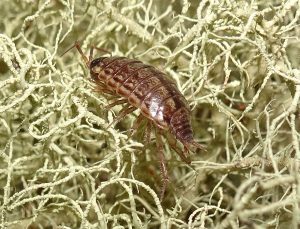 Common Striped Woodlouse – Philoscia muscorum (Isopoda: Oniscidae) Ian Cooper
Common Striped Woodlouse – Philoscia muscorum (Isopoda: Oniscidae) Ian Cooper
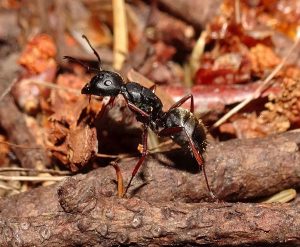 Western Black Carpenter Ant Camponotus modoc (Hym.: Formicidae) Ian Cooper
Western Black Carpenter Ant Camponotus modoc (Hym.: Formicidae) Ian Cooper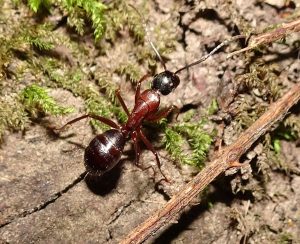 Red Carpenter Ant – Camponotus vicinus (Hym.: Formicidae) Ian Cooper
Red Carpenter Ant – Camponotus vicinus (Hym.: Formicidae) Ian Cooper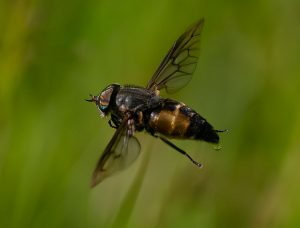 Hybomitra sp. (Dip.: Tabanidae) Gordon Hart
Hybomitra sp. (Dip.: Tabanidae) Gordon Hart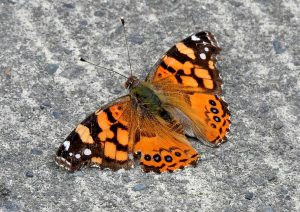 West Coast Lady Vanessa annabella (Lep.: Nymphalidae) Val George
West Coast Lady Vanessa annabella (Lep.: Nymphalidae) Val George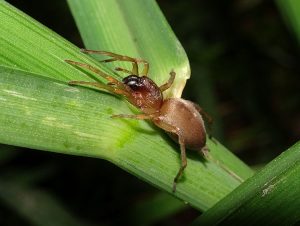 Probably Clubiona sp. (Ara.: Clubionidae) Ian Cooper
Probably Clubiona sp. (Ara.: Clubionidae) Ian Cooper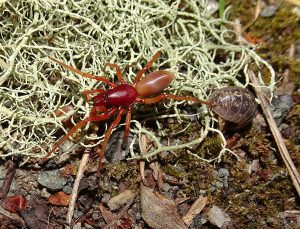 *Woodlouse Hunter Spider – Dysdera crocata (Ara.: Dysderidae) Ian Cooper
*Woodlouse Hunter Spider – Dysdera crocata (Ara.: Dysderidae) Ian Cooper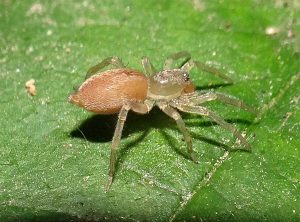 Juvenile Clubiona lutescens (Ara.: Clubionidae) Ian Cooper
Juvenile Clubiona lutescens (Ara.: Clubionidae) Ian Cooper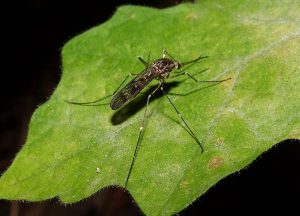 #Mosquito – Culiseta incidens (Dip.: Culicidae) Ian Cooper
#Mosquito – Culiseta incidens (Dip.: Culicidae) Ian Cooper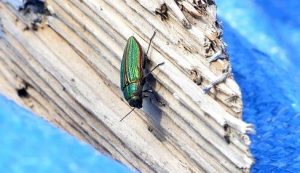 Golden Jewel Beetle Buprestis aurulenta (Col.: Buprestidae) Aziza Copper
Golden Jewel Beetle Buprestis aurulenta (Col.: Buprestidae) Aziza Copper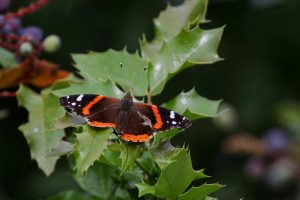 Red Admiral Vanessa atalanta (Lep.: Nymphalidae) Marie O’Shaughnessy
Red Admiral Vanessa atalanta (Lep.: Nymphalidae) Marie O’Shaughnessy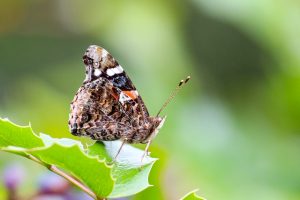 Red Admiral Vanessa atalanta (Lep.: Nymphalidae) Marie O’Shaughnessy
Red Admiral Vanessa atalanta (Lep.: Nymphalidae) Marie O’Shaughnessy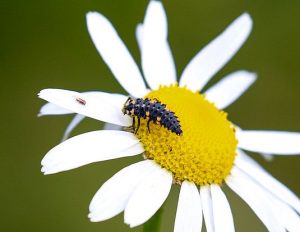 Seven-spotted Ladybird Coccinella septempunctata (Col.: Coccinellidae)
Seven-spotted Ladybird Coccinella septempunctata (Col.: Coccinellidae)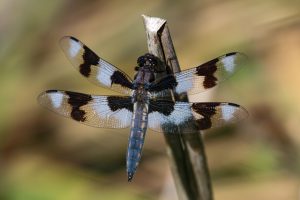 Eight-spotted Skimmer Libellula forensis (Odo.: Libellulidae) Marie O’Shaughnessy
Eight-spotted Skimmer Libellula forensis (Odo.: Libellulidae) Marie O’Shaughnessy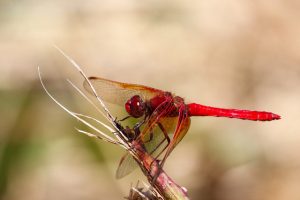
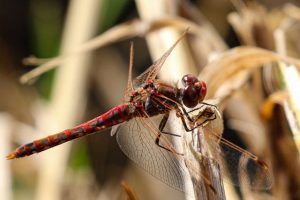 Variegated Meadowhawk Sympetrum corruptum (Odo.: Libellulidae) Marie O’Shaughnessy
Variegated Meadowhawk Sympetrum corruptum (Odo.: Libellulidae) Marie O’Shaughnessy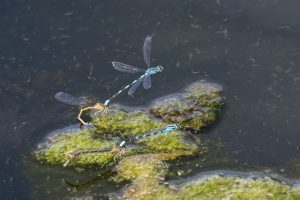 Tule Bluets Enallagma carunculatum (Odo.: Coenagrionidae) Marie O’Shaughnessy
Tule Bluets Enallagma carunculatum (Odo.: Coenagrionidae) Marie O’Shaughnessy
 Adult Brown Lacewing (Neu.: Hemerobiidae) Ian Cooper
Adult Brown Lacewing (Neu.: Hemerobiidae) Ian Cooper Philodromus rufus (Ara.: Philodromidae) Ian Cooper
Philodromus rufus (Ara.: Philodromidae) Ian Cooper Golden Jewel Beetle Buprestis aurulenta (Col.: Buprestidae) Colleen Irwin
Golden Jewel Beetle Buprestis aurulenta (Col.: Buprestidae) Colleen Irwin #Larva of Asian Ladybeetle Harmonia axyridis (Col.: Coccinellidae) Ian Cooper
#Larva of Asian Ladybeetle Harmonia axyridis (Col.: Coccinellidae) Ian Cooper #Larva of Seven-spotted Ladybird Coccinella septempunctata (Col.: Coccinellidae)
#Larva of Seven-spotted Ladybird Coccinella septempunctata (Col.: Coccinellidae) #Larva of Seven-spotted Ladybird Coccinella septempunctata (Col.: Coccinellidae)
#Larva of Seven-spotted Ladybird Coccinella septempunctata (Col.: Coccinellidae) Seven-spotted Ladybird Coccinella septempunctata (Col.: Coccinellidae)
Seven-spotted Ladybird Coccinella septempunctata (Col.: Coccinellidae) *Ambigolimax valentianus (Pul.: Limacidae) Ian Cooper
*Ambigolimax valentianus (Pul.: Limacidae) Ian Cooper *Spittle Bug – Philaenus spumarius (Hem.: Cercopidae) Ian Cooper
*Spittle Bug – Philaenus spumarius (Hem.: Cercopidae) Ian Cooper #Large Yellow Underwing Noctua pronuba (Lep.: Noctuidae) Ian Cooper
#Large Yellow Underwing Noctua pronuba (Lep.: Noctuidae) Ian Cooper # Callobius pictus (Ara.: Amaurobiidae) Ian Cooper
# Callobius pictus (Ara.: Amaurobiidae) Ian Cooper Clodius Parnassian Parnassius clodius (Lep.: Papilionidae) Kirsten Mills
Clodius Parnassian Parnassius clodius (Lep.: Papilionidae) Kirsten Mills Clodius Parnassian Parnassius clodius (Lep.: Papilionidae) Kirsten Mills
Clodius Parnassian Parnassius clodius (Lep.: Papilionidae) Kirsten Mills Clodius Parnassian Parnassius clodius (Lep.: Papilionidae) Kirsten Mills
Clodius Parnassian Parnassius clodius (Lep.: Papilionidae) Kirsten Mills